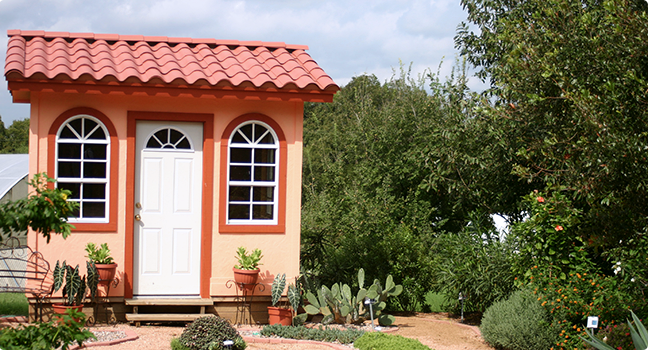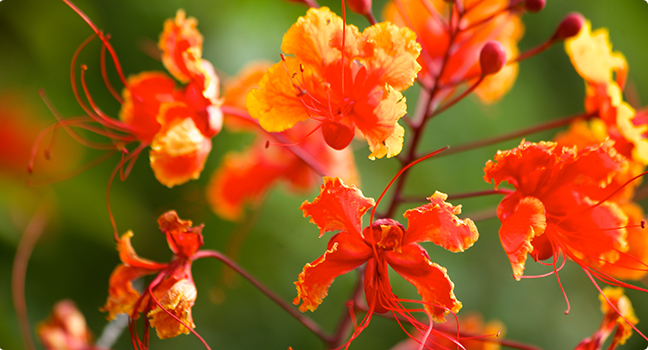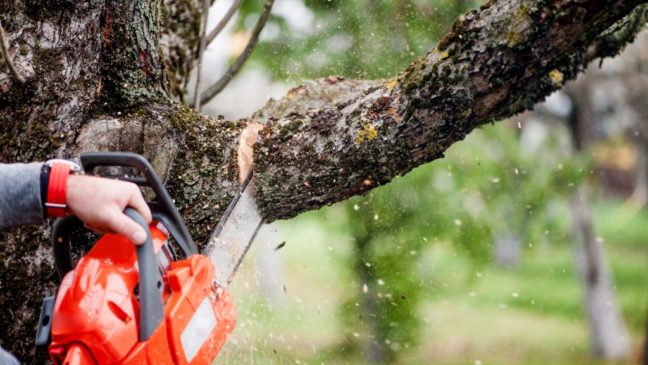Spanish Courtyards are designed like an outdoor room to create a restful, relaxing atmosphere.
The Roman and Moorish civilizations were significant influences in the development of the Spanish Courtyard Garden in the first through the twelve centuries. The Roman atrium was the model for the Spanish patio which became the central feature of Spanish Courtyard Gardens. The Moors improved on the gardens with significant advances in horticultural and irrigation.
The medieval cloister gardens of the Middle Ages continued the courtyard tradition in cathedral and monasteries where monks often grew medicinal herbs and flowers. Today there is a revival in the interest of Spanish Courtyard designs that creates restful outdoor rooms for entertaining or relaxing.

Elements of a Spanish Courtyard Garden
- Designed as an extension of the living space.
- Significant paved patios often made of tile, brick, or stone set in decorative patterns.
- Fountain, birdbath, or simple basin of water.
- Container plants.
- Bed areas often limited requiring careful selection of plants for the limited planting area.

Plants Typical to the Spanish Courtyard Gardens in San Antonio:
- Trees – Wild olive, Goldenrain tree, live oak, citrus, mesquite, crape myrtle
- Shrubs – Coral bean, esperanza, palms, bottle bush, Pride of Barbados, cassia
- Cactus – Sedums, spineless prickly pear, ocotillo, soft leaf yucca, agaves
- Tropical Perennials for Large Containers – Brugmansia, Moy hibiscus, bougainvillea, geraniums
- Creeping and Filler Plants – Sedums, wild strawberry, moss rose, herbs of all kinds
- Vines and Weaving Plants – Crossvine, Confederate jasmine, trumpet vine, wisteria

Basic Maintenance Requirements:
- Prune some trees or shrubs in fall or early spring
- Fertilize potted tropicals
- Cut back some vines usually in fall or late winter
- Trim or pinch back herbs regularly. You’ll need them for cooking anyway
- Sweep patio and keep water feature clean
Irrigation Requirements
Spanish Courtyard gardens are best irrigated by hand watering. Once established, when the plant sets new roots into the ground and the plant cannot be easily pulled up, once a week watering during the spring and summer in the absence of rain should be sufficient for plant health. Potted plants may need more frequent watering depending on the size and type of plants and pots.
Other Input Requirements
- Soil – The most beneficial input you can give your garden is a good start with good soil. For Spanish Courtyard Gardens potted plants should be planted in good potting soil in pots with a good drainage system. Any cactus or herbs should be planted in soil with good drainage.
- Mulch – Shrub beds and trees can be mulched with organic mulch such as shredded pine bark (up to 6 inches). Herb beds and cactus are best mulched with inorganic material such as decomposed granite to provide for good drainage and reflective properties.
- Pesticides and Fertilizers– With minimal planting areas plants should be carefully selected for minimal insect problems. If a problem with insects develop you should first try to identify the offending insect before deciding on a treatment plan. Your Cooperative Extension Service Entomologist can help. Fertilizers will be needed for your potted plants and citrus. Use slow-release fertilizers for best results and ease of application. Careful not to over-fertilize.